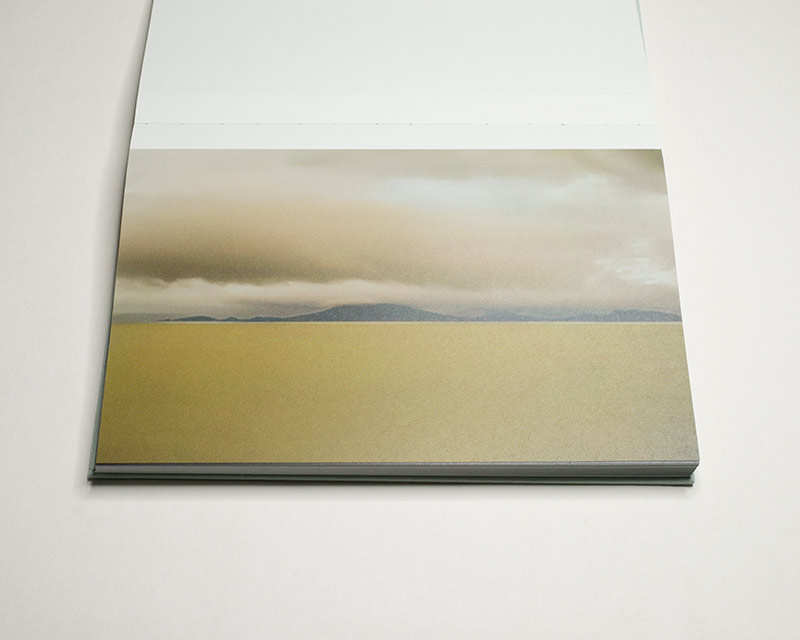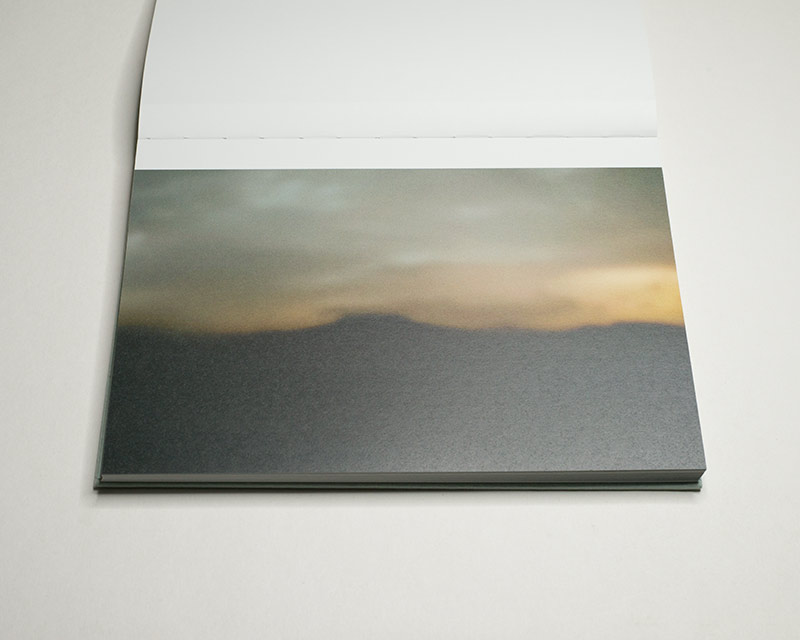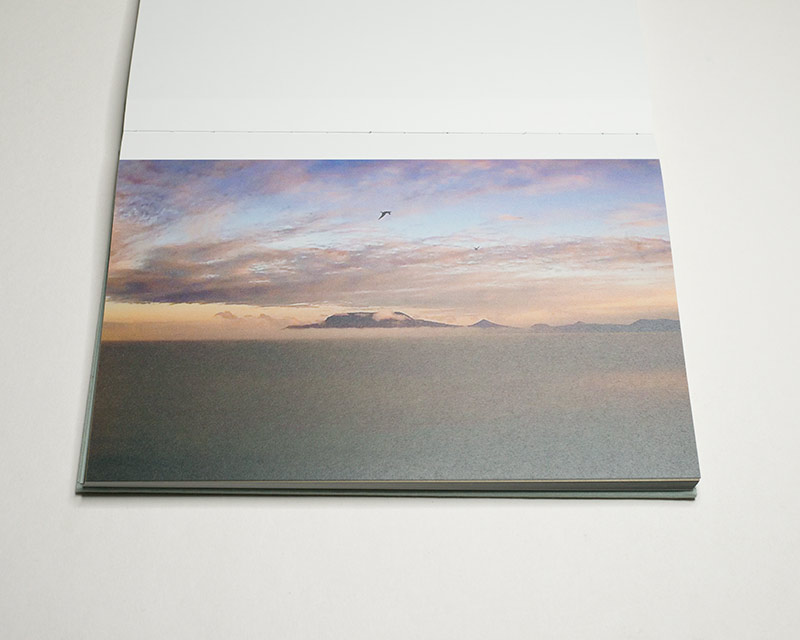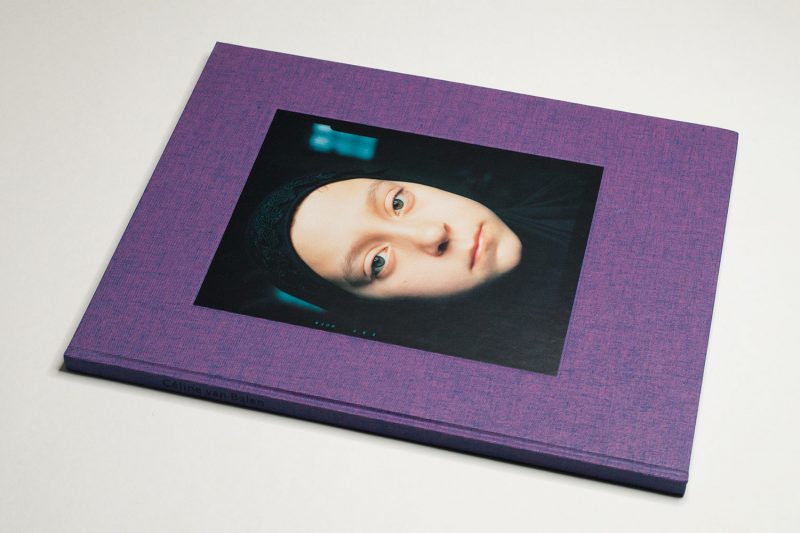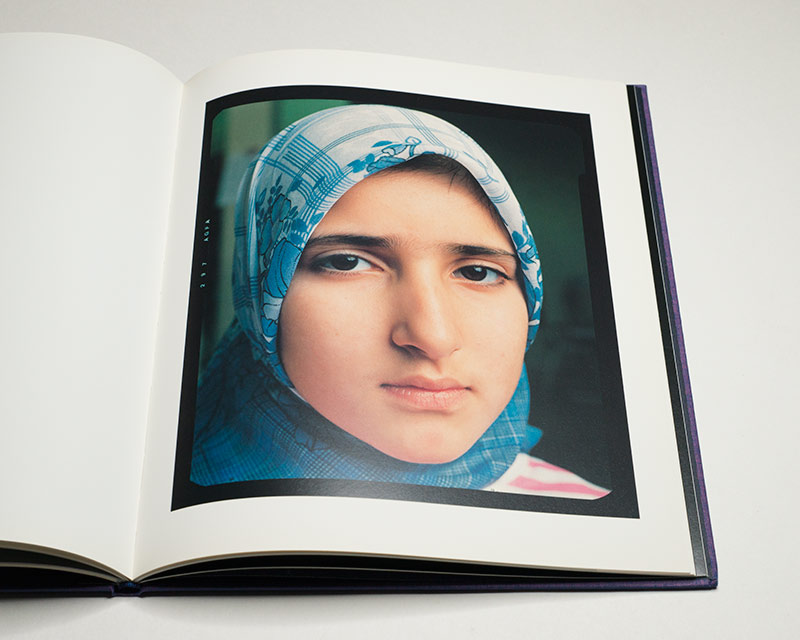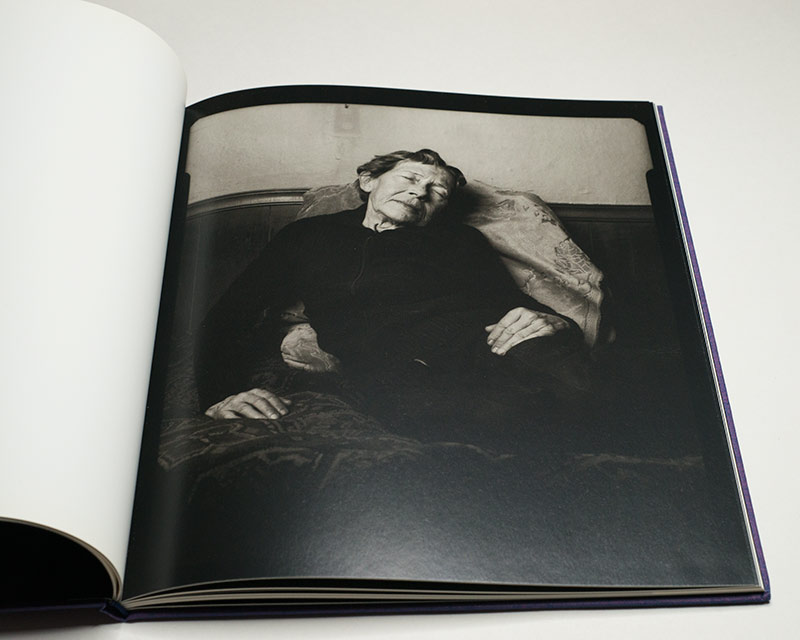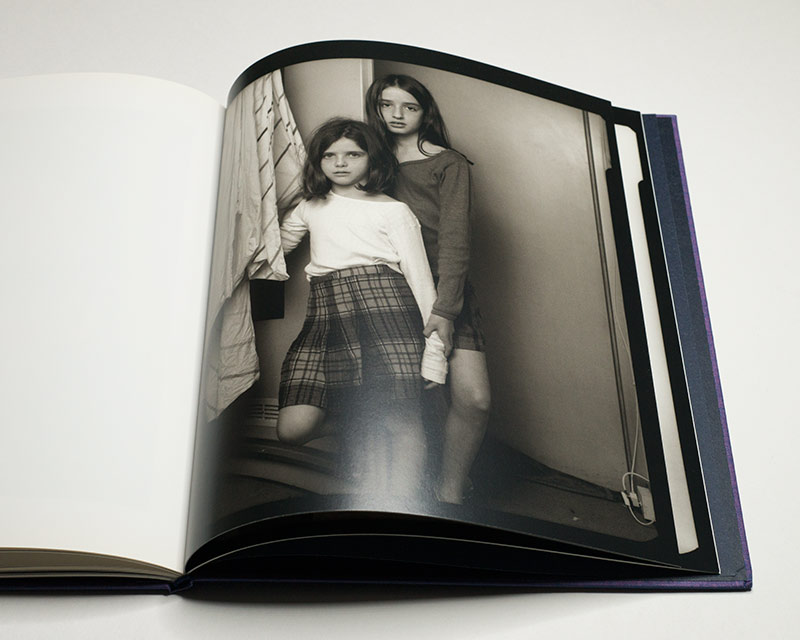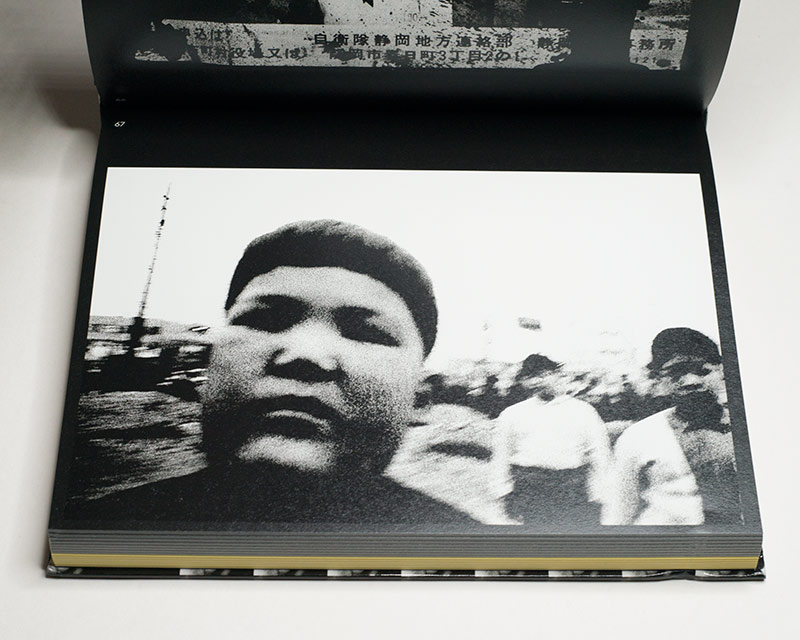Right at Berlin’s Zoologischer Garten train station, you can find the Helmut Newton Foundation. If memory serves me right, its exhibition spaces occupy two floors of a rather grandiose building. The third floor houses the (separate) Museum of Photography. A visitor who wants to see an exhibition at the latter will have to walk past some of Helmut Newton’s most well known photographs, in particular very large prints of a number of nude women.
I have always been bothered by the fact that this particular photographer has been given such a prominent spot in Berlin, given that I think that his work is hugely problematic. I have always found Newton’s photographs to be extremely sexist and misogynistic. But it has taken me some time to figure out what exactly it is that makes them that. Given that large parts of Newton’s work arose from a fashion context (which frankly I have no interest at all in), you might be able to apply aspects of the following there as well.
So what’s going on in Newton’s photographs? I’m not going to show any of them here simply because I find them repulsive. If you want, you can look up examples; they’re not very hard to find. But you probably know what a Helmut Newton photograph looks like anyway.
Newton’s photographs usually feature men and women, and these men and women are depicted in very specific ways. This description is very broad, and it applies to almost all photographers. Insight will be gained from looking at the very specific ways in detail.
As is typically the case in the world of fashion, none of the men are particularly remarkable. Their identities and to some extent even their physical shapes matter a lot less than how they behave and what they represent. They’re always in charge. They’re powerful men that have a sense of success associated with them. That success might be tied to their physique or to something else (money — Newton’s world is one-dimensionally crass). It doesn’t really matter where that success is coming from or, for that matter, whether it’s earned or not. It only matters that it’s present. Newton’s men are successful, they exude power, and they’re dominant.
Discussions around Newton’s photographs inevitably centre on his portrayal of women. While there is a lot to be talked about (I will get to that), I need to point out first that omitting the men is a crucial mistake. It is the men that provide the setting for the world the women are depicted in. This is also the case for the photographs in which men are absent.
In a most obvious fashion, Newton’s world is entirely heterosexual. Anyone who is not heterosexual is excluded from it. That’s clearly a huge problem for many reasons that I probably don’t have to get into. Newton’s world is also filled with people who conform to very a very specific body type. Anyone not ticking that box is also excluded. If your body has a different shape or form or colour, there is no place for you in Newton’s world.
You could argue that what I described in the preceding paragraph is bad enough for it to disqualify the man’s photography. I would certainly agree. But Newton’s photography actually is a lot worse for additional reasons that I’m hoping to make clear in the following.
If you read articles about Helmut Newton, almost inevitably you will find the women in his photographs described in a very specific fashion. A recent article in Berlin’s Tagesspiegel newspaper described them as “completely naked, unashamedly confident and yet objects of desire” (my translation). We might start by noting that obviously, women are not objects. They’re human beings. To me, it feels completely wrong to describe women as objects in 2023.
But the word choice is telling, in particular the contrast between the objectification of women in the photographs and the women being “unashamedly confident”. It is the latter that provides the get-out-of-jail card for those defending Newton’s work. How can his photographs be sexist and misogynistic if the women are “unashamedly confident”? There are obvious answers to that question. First of all, it’s the women who are reduced to their basic physical characteristics: their usually naked bodies. I could think of Boomer arguments why that fact is not sexist and misogynistic. But those arguments themselves are, well, sexist and misogynistic. So they needn’t concern us here.
Furthermore, the sexism and misogyny on display is also exemplified by the fact that only physically fit and conventionally attractive women are subjected to Newton’s photographic treatment. Anyone else, it is implied, need not bother offering their body to be ogled at.
But it doesn’t end there. To find another aspect you need to pull back, and you have to consider the men. The women who are described as “unashamedly confident” in Newton’s photographs behave like the men. They’re engaged in displays of power. You might imagine that that’s the strength of Newton’s work, but it actually isn’t. Besides the fact that anyone who is not conforming to its particular sexuality or body type is already automatically excluded, the interaction between the heterosexual men and women in Newton’s photographs plays out on a territory that’s demarcated by a narrow definition of what masculinity means. It’s the territory of power and domination. Therein, you have two options available to you: you can surrender, or you can fight. Any other choices would, I suppose, make you something like a loser in the eyes of those who are or want to be part of that world.
The interaction between the heterosexual men and women in Newton’s photographs plays out on a territory that’s demarcated by a narrow definition of what masculinity means. It’s the territory of power and domination. Therein, you have two options available to you: you can surrender, or you can fight.
Seen that way, Newton’s world is even more exclusionary than I mentioned earlier. It excludes anyone who is not heterosexual. It excludes anyone whose body type does not conform to something very specific (with some minor leeway for men). And it excludes all those hetereosexual men and women who conceivably would get accepted in Newton’s world but who would rather opt out.
After all, the depiction of heterosexuality in Helmut Newton’s work is very reductive. Newton’s photographs only deal with a form of sexuality that understands a sexual being as one involved in acts of domination, acts of exercising power. That’s all there is. If there are equals, they’re not equal because they’re accepting of each other as they are. They are only equal because they’re frozen in an equilibrium of exercised power. While this does represent a part of human sexuality, it is extremely limiting because it excludes many other possibly mentally more healthy ways of expressing one’s sexuality.
Furthermore, we might also note that Newton’s photographs are only in service of the dominant mode of straight Western sexuality where men dominate women and where men must not display any even minute form of affection — physical or otherwise — towards other men. In its most extreme incarnation, for this form of sexuality rape culture is not something that is separate, it’s something that’s directly connected. You can see aspects of it in Newton’s photographs.
It’s extremely important to realise that if you are heterosexual person, you do not have to make the parameters of that world your own. Someone who is driven by loving kindness, say, might simply reject operating in a world. For what it’s worth, none of the people in Newton’s photographs strikes me as kind and, to be honest, neither does the photographer.
The unashamed confidence the writer of the Tagesspiegel writer spoke of can manifest itself in any number of ways. If your body type does not conform to the standards used by professional models or if you’re not wealthy, you can still be extremely confident in who you are as a person. That confidence can then manifest itself in any number of ways. In fact, if you are aware of this, domination as a form of expression for your confidence might strike you as ludicrous or not as acceptable at all.
In Newton’s pictures, all of these different ways of thinking, feeling, and acting as a heterosexual person are entirely absent. In the photographs, strength and power are the only aspects that matter. In other words, the women who are widely described as “unashamedly confident” are confident in a very narrowly defined fashion, a fashion that is entirely based on how traditional heterosexual masculinity sees itself. We might note that this very type of masculinity now sees itself under threat, which in part is responsible for the rise of neofascism.
Helmut Newton did not live to see the days when neoliberal policies turned formerly social-democratic nations into dog-eat-dog settings where ever more money is being funnelled towards those at the top (usually in the name of “austerity”). If you wanted to, you could view his photographs as neoliberal realism even though most of them were made before the excesses we’re now made to witness.
You could summarize all of this as follows. Helmut Newton’s photography is not sexist and misogynistic if you use criteria for its evaluation that themselves are sexist and misogynistic: your inability to see what’s on full display betrays your inability to recognize the sexist and misogynistic societal structure you’re embedded in. Newton’s photographs are not problematic if you have internalized the mechanisms of the male gaze, according to which the world is to be seen through the eyes of heterosexual men in power.
Helmut Newton’s photography is not sexist and misogynistic if you use criteria for its evaluation that themselves are sexist and misogynistic: your inability to see what’s on full display betrays your inability to recognize the sexist and misogynistic societal structure you’re embedded in.
I recently saw Hani Hape, a German artist, exchange the women in Newton’s photographs with men. While the resulting images subvert some of the core message of Newton’s work, the underlying and possibly more noxious mechanism remains mostly untouched: the naked display of power and domination.
Furthermore, you do not get a female gaze if in a male-gaze setting you swap out women for men (whether in front of or behind a camera). To invert the male gaze you first have to invert the basic rules according to which it operates. And those rules rely on power and domination.
Having written all this, I am not even sure any longer that the sexism and misogyny in Helmut Newton’s work is its worst aspect. As bad as these are, they are merely parts of a much larger problem. Newton depicts a world that has no mercy, no kindness, no love, no feeling, a world that deems a lot of people as weak or not worthy, a world that excludes a lot of people based on their sexual orientation, their gender, their body type or shape, the colour of their skin… It’s a world that — and this might not surprise you — I reject.
Is that world something that should be uncritically celebrated with and in a museum in a very prominent location in the German capital? I don’t think so. In light of how political the issue ultimately is — at the time of this writing, the German government is working on a new law dealing with registering or changing gender identification, which, of course, is hotly contested — smart programming around Newton’s photography would appear of the order.
Apart from removing all of the photographer’s personal items on display, which frankly make for a partly weird, partly creepy, and partly embarrassing experience for all those who don’t buy into the personality cult, Newton’s pictures should be set against photographs by other artists that show expressions of the body, of sexuality, and of people being with each other in ways that are absent from (and thus negated by) the fashion photographer’s work. Then, you would be in business: You would allow people to see for themselves — and to come to their own conclusions (whatever those conclusions might be).


